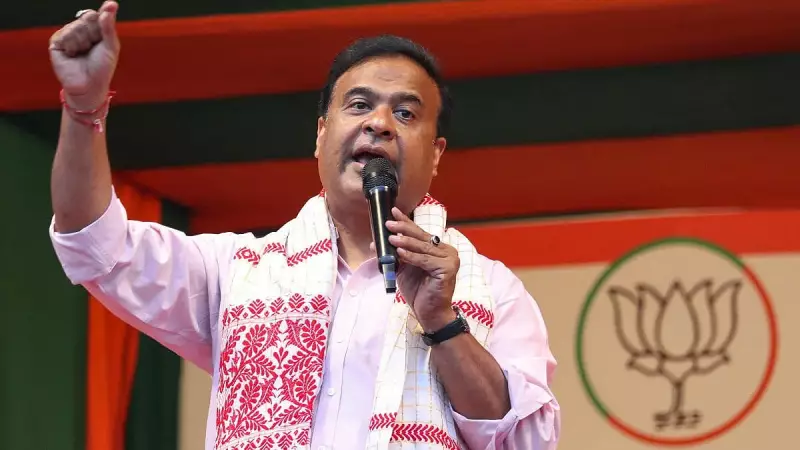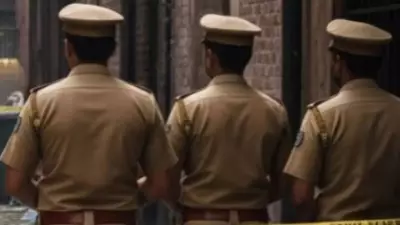
In a dramatic escalation of political rhetoric ahead of the crucial Bihar Assembly elections in 2025, Assam Chief Minister Himanta Biswa Sarma has unleashed a fiery comparison that's set the political arena ablaze. The senior BJP leader painted a stark contrast between the ruling party and the opposition, invoking historical and mythological figures to make his point.
Divine vs Dynastic: The Political Narrative
Sarma, known for his sharp political commentary, positioned Prime Minister Narendra Modi and the BJP as the modern embodiments of Lord Ram and Lord Laxman from the Hindu epic Ramayana. This characterization aligns with the BJP's long-standing association with Hindu cultural symbols and the recent Ram Temple movement.
In a contrasting and highly controversial parallel, the Assam CM linked Rashtriya Janata Dal (RJD) leaders Tejashwi Yadav and his father Lalu Prasad Yadav to Mughal emperors Babur and Aurangzeb. This comparison taps into deep-seated historical narratives in Indian politics, particularly significant in the context of Bihar's complex social fabric.
Strategic Timing and Political Implications
The timing of these remarks is particularly significant as Bihar prepares for what promises to be a fiercely contested election battle. The state has traditionally witnessed close contests between the BJP-led National Democratic Alliance and the opposition Mahagathbandhan, of which RJD is a key component.
Political analysts suggest that Sarma's comments represent a deliberate strategy to polarize the electorate along religious and historical lines. By invoking these powerful symbols, the BJP aims to consolidate its Hindu voter base while positioning the opposition as representatives of "foreign" or "invader" ideologies.
Historical Parallels in Modern Politics
The use of historical figures in contemporary political discourse isn't new in Indian politics, but the direct comparison between current leaders and medieval rulers marks an intensification of this trend. The reference to Babur and Aurangzeb is particularly loaded, given their controversial legacy in certain sections of Indian society.
Meanwhile, the portrayal of Modi as Ram-Laxman continues the ruling party's efforts to project the Prime Minister as a divine or heroic figure, building on the momentum generated by the Ram Temple consecration in Ayodhya earlier this year.
Opposition Reaction and Public Response
While the RJD hasn't issued an official response to these specific comments at the time of reporting, the party has previously accused the BJP of diverting attention from real issues like unemployment, inflation, and development. The opposition typically counters such narratives by emphasizing secular governance and social justice.
The public reaction has been predictably divided, with BJP supporters welcoming the clear ideological positioning while opposition sympathizers see it as another example of divisive politics. Social media platforms have erupted with debates over the appropriateness of such historical comparisons in modern electoral politics.
Looking Ahead to Bihar 2025
As the election campaign gains momentum, political observers expect more such rhetorical battles. The Bihar elections are crucial for both the BJP and opposition parties, serving as a key indicator of political trends in the Hindi heartland.
The state's complex caste equations, combined with evolving religious dynamics, make it a challenging battleground where historical narratives often intersect with contemporary political calculations. Sarma's comments have undoubtedly added another layer to this already complex electoral landscape.





